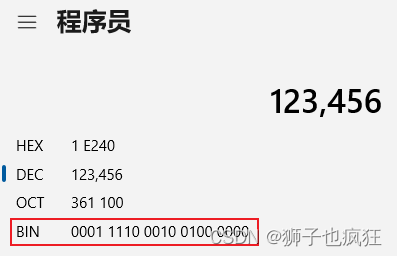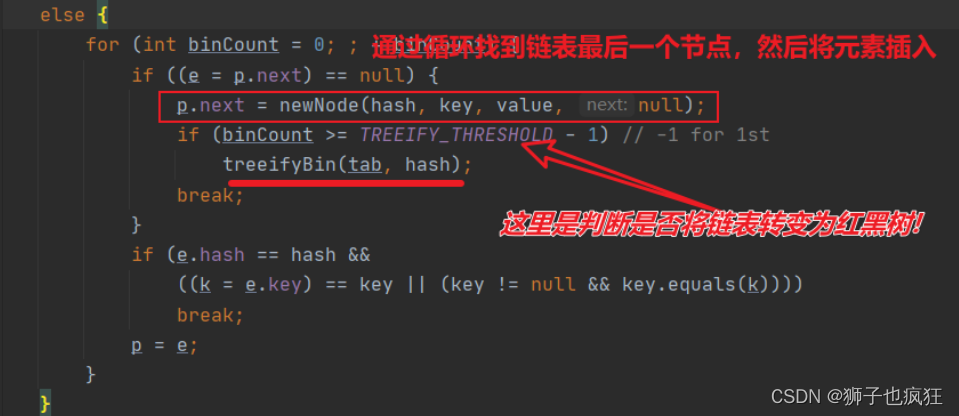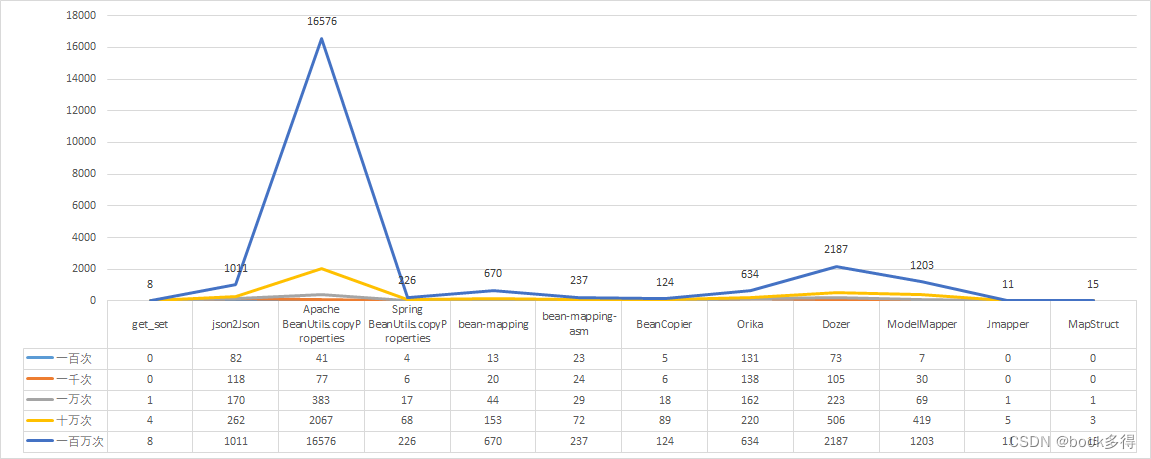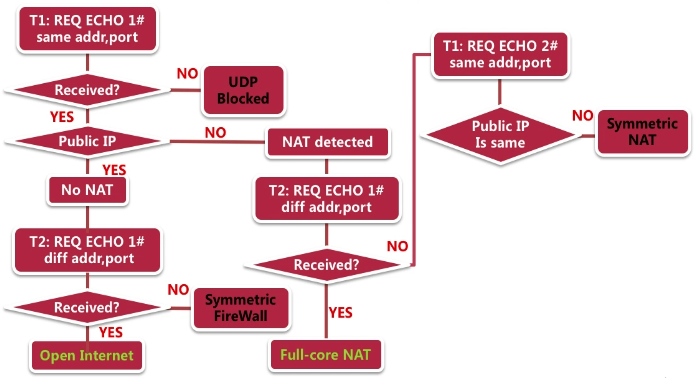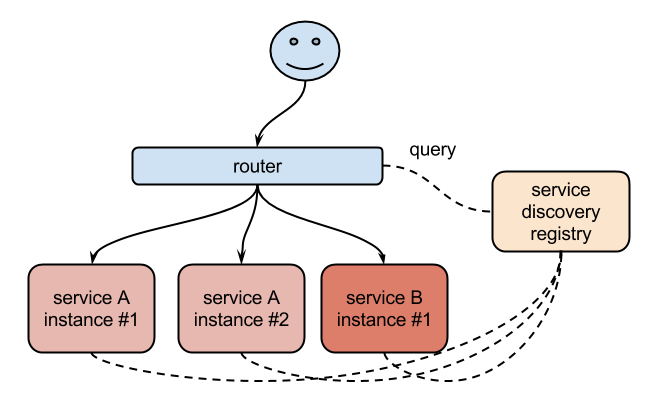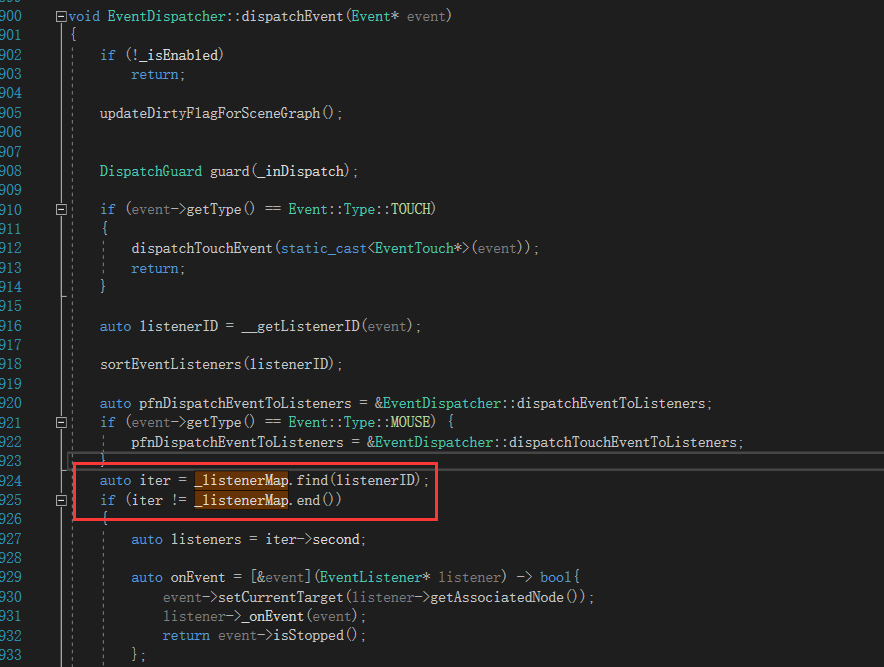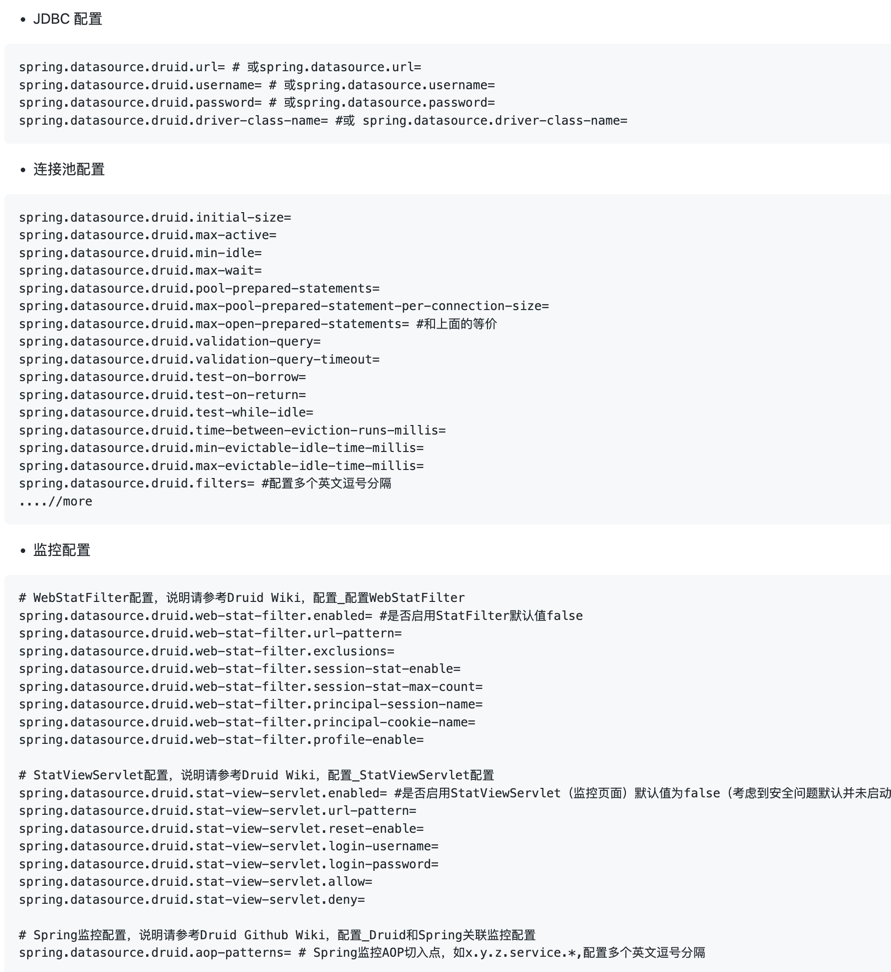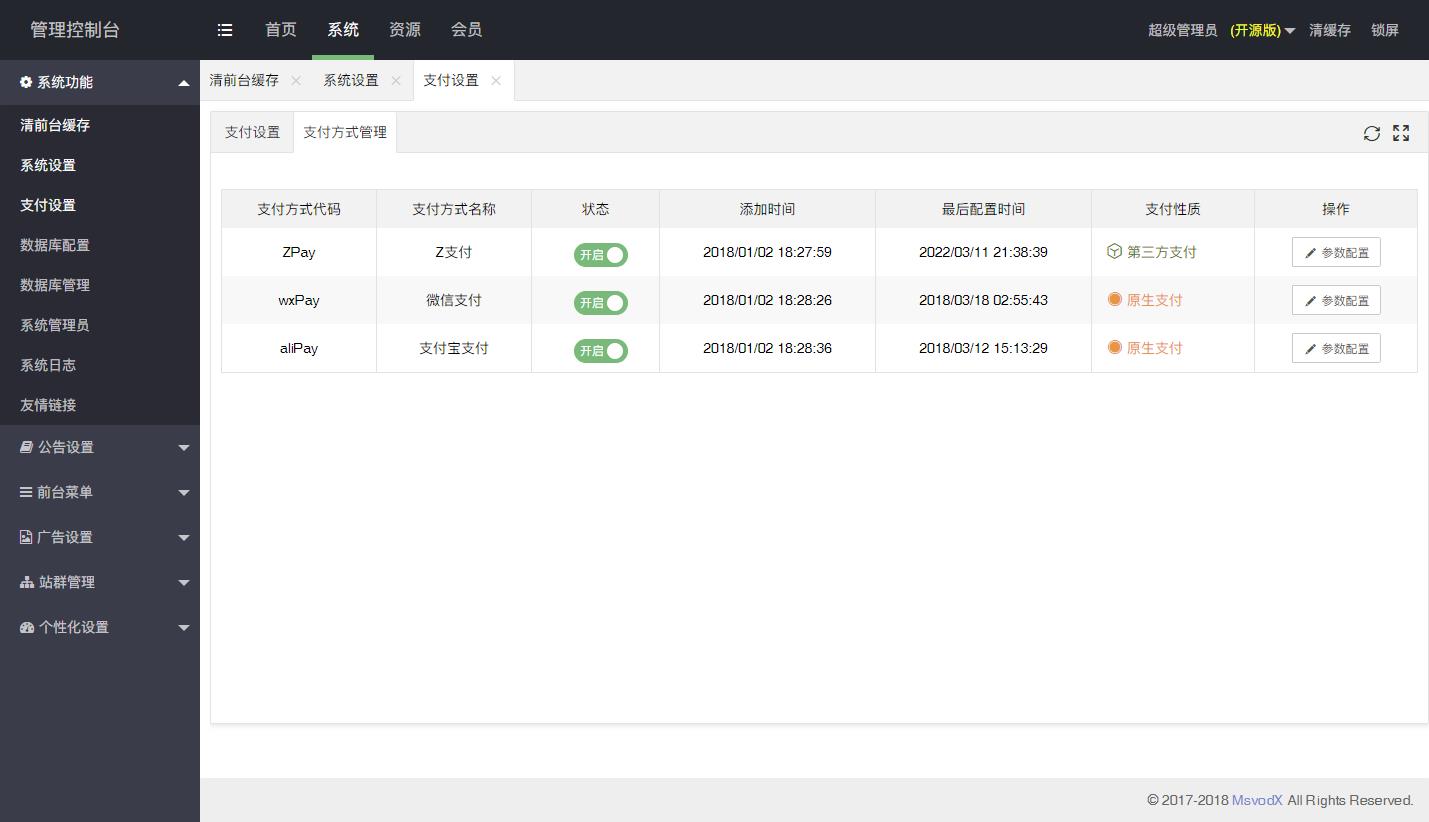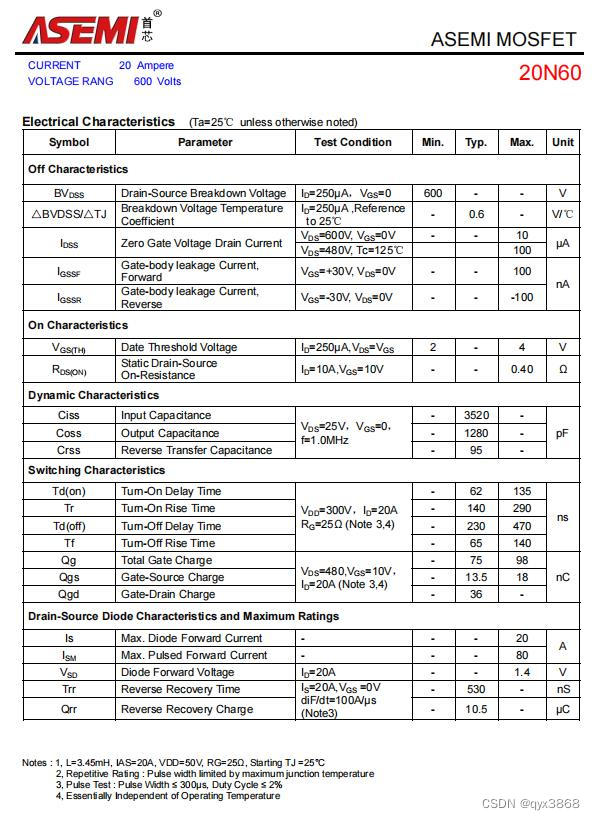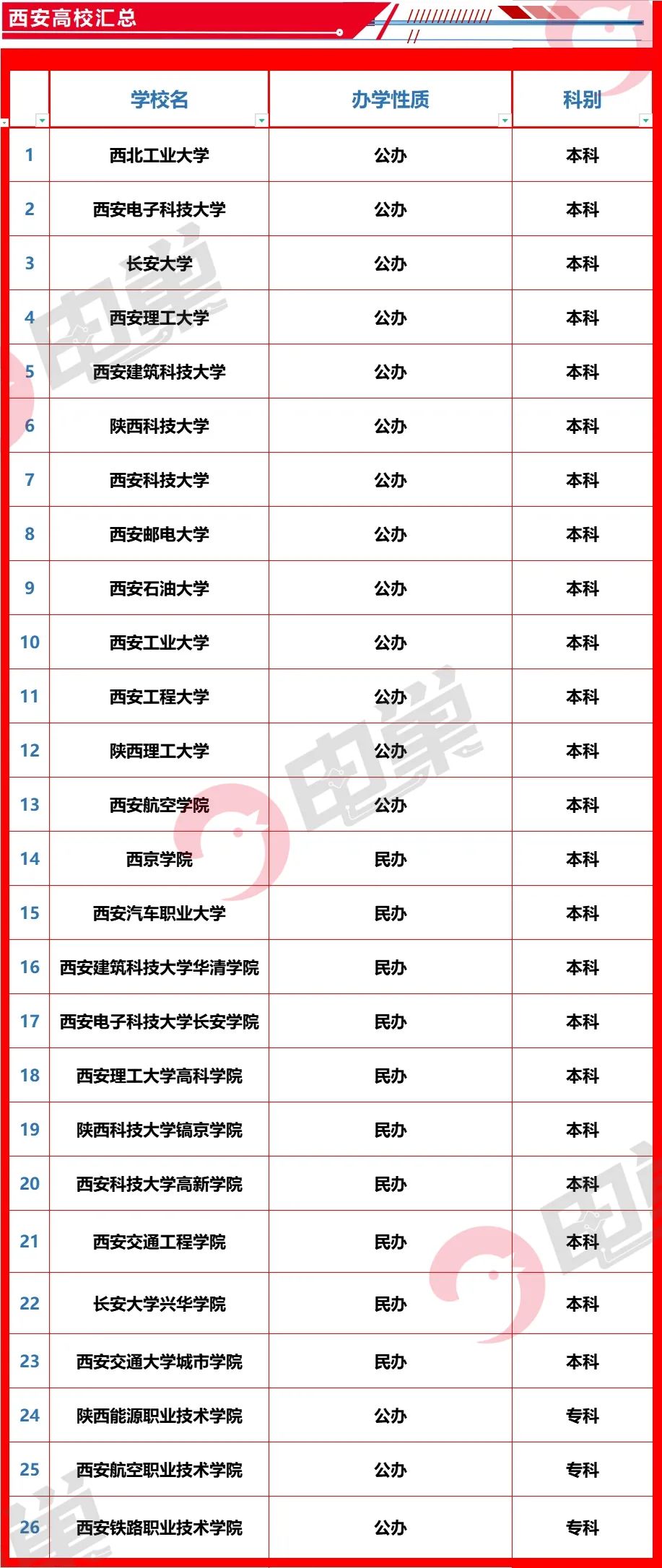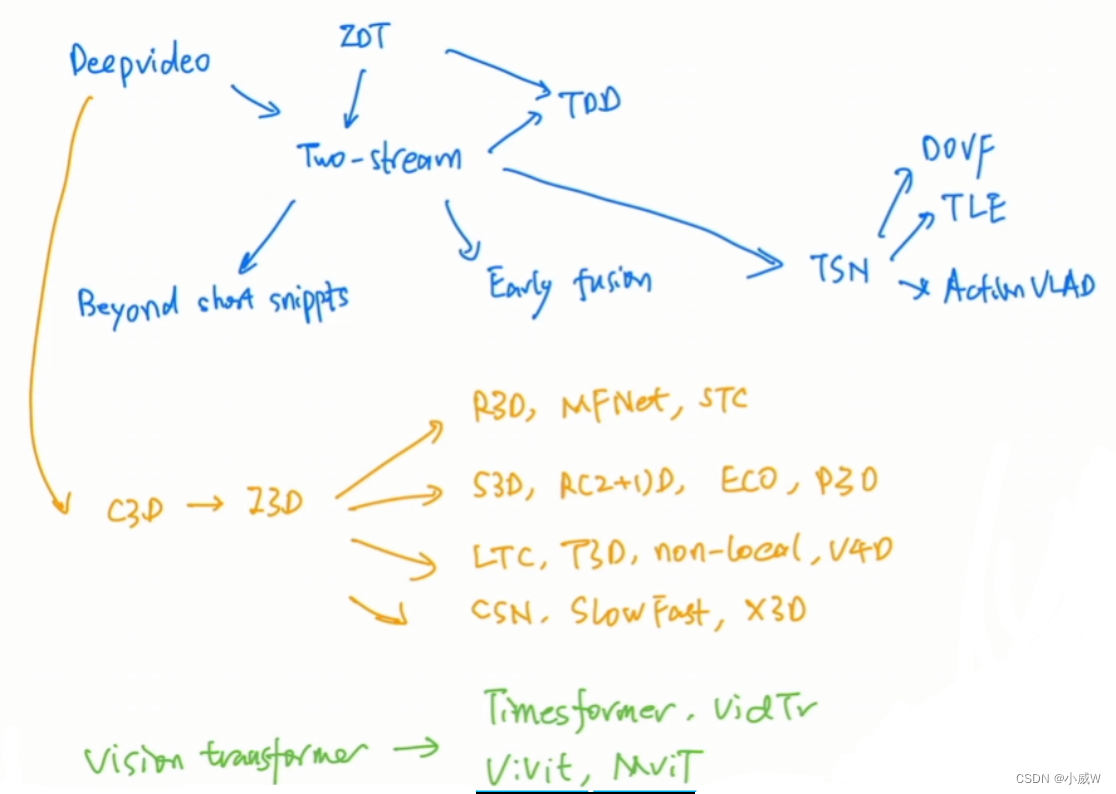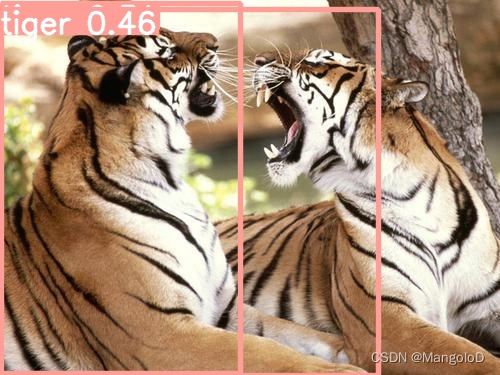目录
- 一. 🦁 HashMap介绍
- 1.1 特点
- 1.2 底层实现
- 二. 🦁 结构以及对应方法分析
- 2.1 结构组成
- 2.1.1 成员变量
- 2.1.2 存储元素的节点类型
- 2.1.2.1 链表Node类
- 2.1.2.2 树节点类
- 2.1.2.3 继承关系
- 2.2 方法实现
- 2.2.1 HashMap的数组初始化
- 2.2.2 计算hash值
- 2.2.3 添加元素put(K key,V value)方法
- 2.2.4 数组扩容
- 三. 🦁 总结

一. 🦁 HashMap介绍
1.1 特点
HashMap 是 Map 接口的接口实现类,它采用哈希算法实现,是 Map 接口最常用的实现类。 由于底层采用了哈希表存储数据,所以要求键不能重复,如果发生重复,新的值会替换旧的值。 HashMap 在查找、删除、修改方面都有非常高的效率。
1.2 底层实现
HashMap 底层实现采用了哈希表,既集合了数组(占用空间连续。 寻址容易,查询速度快)的优点,又集合了链表(增加和删除效率非常高)的优点。其实哈希表的本质就是”数组+链表“。
二. 🦁 结构以及对应方法分析
在HashMap中,当维互链表节点个数的过程中,链表节点数大于8时,则会转化成红黑树来存储,从而提高查询效率。
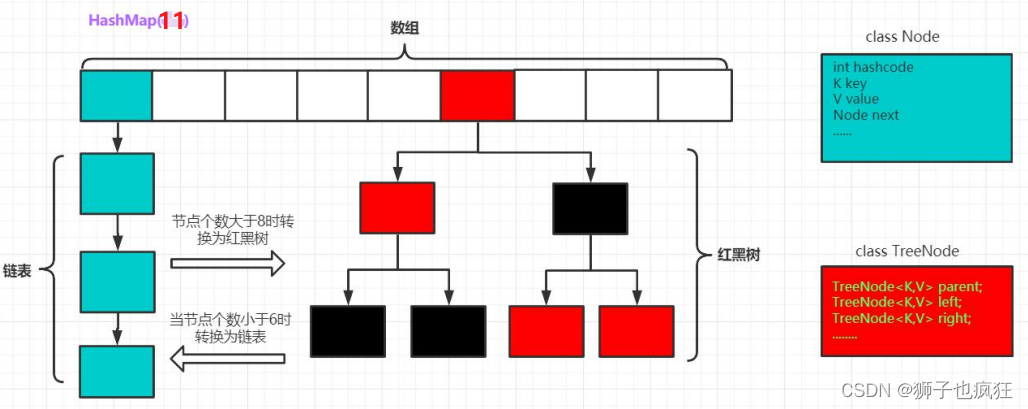
2.1 结构组成
2.1.1 成员变量
DEFAULT_INITIAL_CAPACITY = 1 << 4:
默认的初始容量为16,而且注解有说明这个默认初始化容量必须是2的倍数。
MAXIMUM_CAPACITY = 1 << 30:最大初始化容量为2^30。
DEFAULT_LOAD_FACTOR = 0.75f:负载因子,用来决定数组什么时候开始扩容,即当数组长度达到75%时会进行扩容。
TREEIFY_THRESHOLD = 8:阈值,当前数组长度>64,会将节点个数大于8的链表做红黑树转换。
UNTREEIFY_THRESHOLD = 6:同理,当红黑树节点数小于6时,将这个红黑树转换成链表。
MIN_TREEIFY_CAPACITY = 64:设置当数组长度超过多少时,才会对链表节点个数大于8的做红黑树转换。
transient Node<K,V>[] table:就是前面说的神秘的数组。(为啥是Node<K,V>l类型?)
/**
* The default initial capacity - MUST be a power of two.
*/
static final int DEFAULT_INITIAL_CAPACITY = 1 << 4; // aka 16
/**
* The maximum capacity, used if a higher value is implicitly specified
* by either of the constructors with arguments.
* MUST be a power of two <= 1<<30.
*/
static final int MAXIMUM_CAPACITY = 1 << 30;
/**
* The load factor used when none specified in constructor.
*/
static final float DEFAULT_LOAD_FACTOR = 0.75f;
/**
* The bin count threshold for using a tree rather than list for a
* bin. Bins are converted to trees when adding an element to a
* bin with at least this many nodes. The value must be greater
* than 2 and should be at least 8 to mesh with assumptions in
* tree removal about conversion back to plain bins upon
* shrinkage.
*/
static final int TREEIFY_THRESHOLD = 8;
/**
* The bin count threshold for untreeifying a (split) bin during a
* resize operation. Should be less than TREEIFY_THRESHOLD, and at
* most 6 to mesh with shrinkage detection under removal.
*/
static final int UNTREEIFY_THRESHOLD = 6;
/**
* The smallest table capacity for which bins may be treeified.
* (Otherwise the table is resized if too many nodes in a bin.)
* Should be at least 4 * TREEIFY_THRESHOLD to avoid conflicts
* between resizing and treeification thresholds.
*/
static final int MIN_TREEIFY_CAPACITY = 64;
/**
* The table, initialized on first use, and resized as
* necessary. When allocated, length is always a power of two.
* (We also tolerate length zero in some operations to allow
* bootstrapping mechanics that are currently not needed.)
*/
transient Node<K,V>[] table;
2.1.2 存储元素的节点类型
既然说了哈希表是由数组+链表组成,而且到后面还会转为红黑树,那么他肯定会有对应的节点类。其源码类型如下:
2.1.2.1 链表Node类
/**
* Basic hash bin node, used for most entries. (See below for
* TreeNode subclass, and in LinkedHashMap for its Entry subclass.)
*/
static class Node<K,V> implements Map.Entry<K,V> {
final int hash;
final K key;
V value;
Node<K,V> next;
Node(int hash, K key, V value, Node<K,V> next) {
this.hash = hash;
this.key = key;
this.value = value;
this.next = next;
}
public final K getKey() { return key; }
public final V getValue() { return value; }
public final String toString() { return key + "=" + value; }
public final int hashCode() {
return Objects.hashCode(key) ^ Objects.hashCode(value);
}
public final V setValue(V newValue) {
V oldValue = value;
value = newValue;
return oldValue;
}
public final boolean equals(Object o) {
if (o == this)
return true;
if (o instanceof Map.Entry) {
Map.Entry<?,?> e = (Map.Entry<?,?>)o;
if (Objects.equals(key, e.getKey()) &&
Objects.equals(value, e.getValue()))
return true;
}
return false;
}
}
由源码可知,链表的Node节点类型实现了Map接口的内部接口类Entry<K,V>,这个接口定义的就是能操作HashMap的一个key——>value存储结构的一些行为(例如 获取键值对的key)。
成员遍历
hash:记录存储key的hash值,不可改变(final修饰)
key:记录key,不可改变(final修饰),所以hashmap的key是唯一的,不能重复。
value:记录value,可改变。
next:当前节点记录下一个节点的地址(由此可知,该链表是单向链表)
2.1.2.2 树节点类
/**
* Entry for Tree bins. Extends LinkedHashMap.Entry (which in turn
* extends Node) so can be used as extension of either regular or
* linked node.
*/
static final class TreeNode<K,V> extends LinkedHashMap.Entry<K,V> {
TreeNode<K,V> parent; // red-black tree links
TreeNode<K,V> left;
TreeNode<K,V> right;
TreeNode<K,V> prev; // needed to unlink next upon deletion
boolean red;
TreeNode(int hash, K key, V val, Node<K,V> next) {
super(hash, key, val, next);
}
/**
* Returns root of tree containing this node.
*/
final TreeNode<K,V> root() {
for (TreeNode<K,V> r = this, p;;) {
if ((p = r.parent) == null)
return r;
r = p;
}
}
成员变量:
parent:记录父节点
left: 左子树
right:右子树
prev:前节点
red:记录红黑树的状态(true是红树,反之。)
2.1.2.3 继承关系
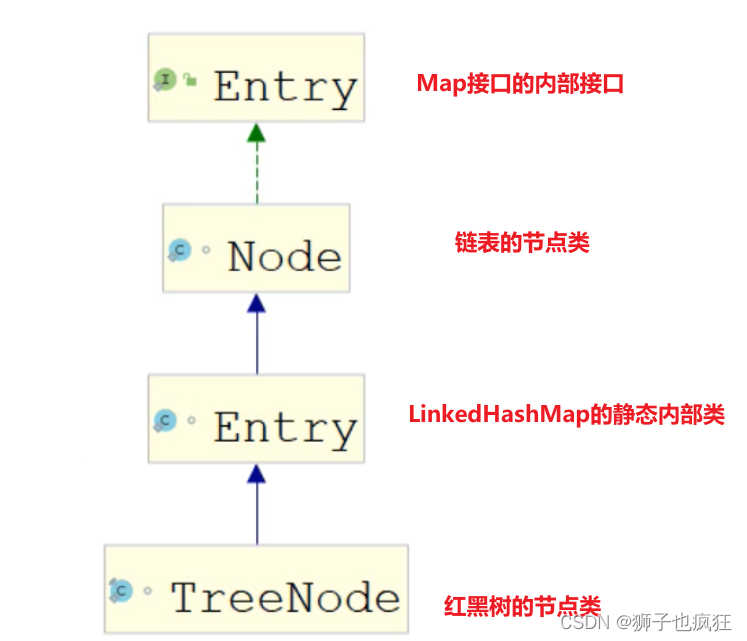
HashMap的数组既有链表,又有红黑树,为什么这个神秘的数组是Node类型?我觉得到这里就可以讲的通了:
链表节点类Node实现了Entry接口,而LinkedHashMap的内部类Entry又继承了Node类,而TreeNode又继承了Entry,所以红黑树的节点类是和链表的Node是有继承关系的,可以统一当成一个类型来看待,所以Node<K,V>类型的数组既可以存放链表,又可以存放红黑树。
2.2 方法实现
2.2.1 HashMap的数组初始化
在 JDK11 的 HashMap 中对于数组的初始化采用的是延迟初始化方式。通过 resize 方法
实现初始化处理。resize 方法既实现数组初始化,也实现数组扩容处理。
tips:啥叫延迟初始化?
向数组添加第一个元素的时候,才开始对数组做初始化处理。
/**
* Initializes or doubles table size. If null, allocates in
* accord with initial capacity target held in field threshold.
* Otherwise, because we are using power-of-two expansion, the
* elements from each bin must either stay at same index, or move
* with a power of two offset in the new table.
*
* @return the table
*/
final Node<K,V>[] resize() {
Node<K,V>[] oldTab = table;
int oldCap = (oldTab == null) ? 0 : oldTab.length;
int oldThr = threshold;
int newCap, newThr = 0;
if (oldCap > 0) {
if (oldCap >= MAXIMUM_CAPACITY) {
threshold = Integer.MAX_VALUE;
return oldTab;
}
else if ((newCap = oldCap << 1) < MAXIMUM_CAPACITY &&
oldCap >= DEFAULT_INITIAL_CAPACITY)
newThr = oldThr << 1; // double threshold
}
else if (oldThr > 0) // initial capacity was placed in threshold
newCap = oldThr;
else { // zero initial threshold signifies using defaults
newCap = DEFAULT_INITIAL_CAPACITY;
newThr = (int)(DEFAULT_LOAD_FACTOR * DEFAULT_INITIAL_CAPACITY);
}
if (newThr == 0) {
float ft = (float)newCap * loadFactor;
newThr = (newCap < MAXIMUM_CAPACITY && ft < (float)MAXIMUM_CAPACITY ?
(int)ft : Integer.MAX_VALUE);
}
threshold = newThr;
@SuppressWarnings({"rawtypes","unchecked"})
Node<K,V>[] newTab = (Node<K,V>[])new Node[newCap];
table = newTab;
if (oldTab != null) {
for (int j = 0; j < oldCap; ++j) {
Node<K,V> e;
if ((e = oldTab[j]) != null) {
oldTab[j] = null;
if (e.next == null)
newTab[e.hash & (newCap - 1)] = e;
else if (e instanceof TreeNode)
((TreeNode<K,V>)e).split(this, newTab, j, oldCap);
else { // preserve order
Node<K,V> loHead = null, loTail = null;
Node<K,V> hiHead = null, hiTail = null;
Node<K,V> next;
do {
next = e.next;
if ((e.hash & oldCap) == 0) {
if (loTail == null)
loHead = e;
else
loTail.next = e;
loTail = e;
}
else {
if (hiTail == null)
hiHead = e;
else
hiTail.next = e;
hiTail = e;
}
} while ((e = next) != null);
if (loTail != null) {
loTail.next = null;
newTab[j] = loHead;
}
if (hiTail != null) {
hiTail.next = null;
newTab[j + oldCap] = hiHead;
}
}
}
}
}
return newTab;
}
首先,回到刚刚的HashMap的成员变量时,成员变量table只是作了一个声明,如图:

所以table为null,所以在执行int oldCap = (oldTab == null) ? 0 : oldTab.length时,oldCap=0,而此时 threshold也为0,所以在执行第一个if的时候,两个变量都为0,所以直接执行else里面的语句。
newCap = DEFAULT_INITIAL_CAPACITY;
newThr = (int)(DEFAULT_LOAD_FACTOR * DEFAULT_INITIAL_CAPACITY); 即将将初始化数组长度的成员变量(16)赋值给newCap,而下一句则是将下一次扩容的长度给newThr(此时为12),然后跳过if语句,给成员变量threshold重新赋值。再执行
Node<K,V>[] newTab = (Node<K,V>[])new Node[newCap],将newTab赋值给成员变量table,然后返回newTab,这样一次初始化完成。
2.2.2 计算hash值
在map的存储中,我们是根据key的hash值来存放元素的。所以需要对key的hash值进行一系列的运算:
1.获取key的hashCode。
2.根据hashCode计算出hash值。(但是由于要求要转换成table数组的长度-1的范围内,所以还需要一系列的运算。)
3.转化算法:hash = hashcode&(n-1)得到数组中的存放位置。
/**
* Associates the specified value with the specified key in this map.
* If the map previously contained a mapping for the key, the old
* value is replaced.
*
* @param key key with which the specified value is to be associated
* @param value value to be associated with the specified key
* @return the previous value associated with <tt>key</tt>, or
* <tt>null</tt> if there was no mapping for <tt>key</tt>.
* (A <tt>null</tt> return can also indicate that the map
* previously associated <tt>null</tt> with <tt>key</tt>.)
*/
public V put(K key, V value) {
return putVal(hash(key), key, value, false, true);
}
static final int hash(Object key) {
int h;
return (key == null) ? 0 : (h = key.hashCode()) ^ (h >>> 16);
}
这里是计算key的hash值的方法。先将key的hashcode值赋给h,然后与h的高16位进行异或运算(也就是h的低16位和高16位进行异或运算)。
下面来演示一下运算过程:
假定:key = 123456,使用计算器计算得到其二进制为:
然后进行异或运算(相同为0,相异为1):
计算得到10进制为:
到这一步返回123457,下面回到putVal()方法:
/**
* Implements Map.put and related methods
*
* @param hash hash for key
* @param key the key
* @param value the value to put
* @param onlyIfAbsent if true, don't change existing value
* @param evict if false, the table is in creation mode.
* @return previous value, or null if none
*/
final V putVal(int hash, K key, V value, boolean onlyIfAbsent,
boolean evict) {
Node<K,V>[] tab; Node<K,V> p; int n, i;
if ((tab = table) == null || (n = tab.length) == 0)
n = (tab = resize()).length;
if ((p = tab[i = (n - 1) & hash]) == null)
tab[i] = newNode(hash, key, value, null);
else {
Node<K,V> e; K k;
if (p.hash == hash &&
((k = p.key) == key || (key != null && key.equals(k))))
e = p;
else if (p instanceof TreeNode)
e = ((TreeNode<K,V>)p).putTreeVal(this, tab, hash, key, value);
else {
for (int binCount = 0; ; ++binCount) {
if ((e = p.next) == null) {
p.next = newNode(hash, key, value, null);
if (binCount >= TREEIFY_THRESHOLD - 1) // -1 for 1st
treeifyBin(tab, hash);
break;
}
if (e.hash == hash &&
((k = e.key) == key || (key != null && key.equals(k))))
break;
p = e;
}
}
if (e != null) { // existing mapping for key
V oldValue = e.value;
if (!onlyIfAbsent || oldValue == null)
e.value = value;
afterNodeAccess(e);
return oldValue;
}
}
++modCount;
if (++size > threshold)
resize();
afterNodeInsertion(evict);
return null;
}

putVal方法拿到key的hashCode后,和15进行&运算(相同为1,相异为0):
最终得到存入数组位置为1。
2.2.3 添加元素put(K key,V value)方法
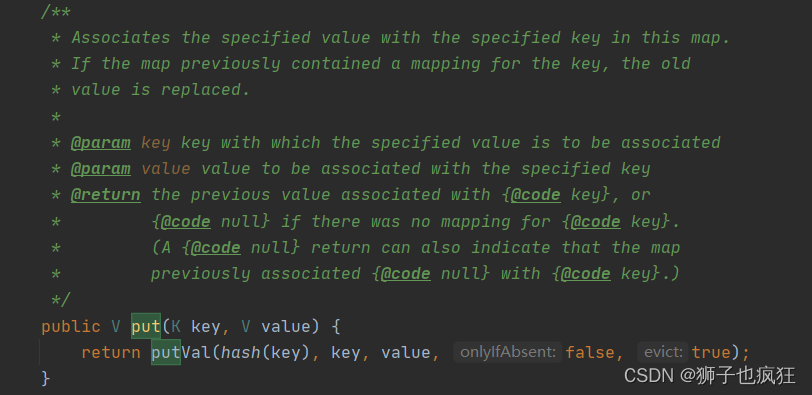
调用了putVal()方法(源码在上面)
- putVal()主要是计算hash值从而获取元素在数组中的位置(前面已经分析过了)、如果该位置数组没有元素,则将新节点放入;
- 我们都知道,hashMap对于key相同的值,是将其value值覆盖,key不变,以下则是实现方法:
- 如果p节点与TreeNode节点是同类(红黑树),则将其挂到红黑树上:
- 前面都不执行的话,最后就是挂载到数组所在位置的链表了末尾了:
我们再来看看链表——>红黑树的方法( treeifyBin(Node<K,V>[] tab, int hash))
/**
* Replaces all linked nodes in bin at index for given hash unless
* table is too small, in which case resizes instead.
*/
final void treeifyBin(Node<K,V>[] tab, int hash) {
int n, index; Node<K,V> e;
if (tab == null || (n = tab.length) < MIN_TREEIFY_CAPACITY)
resize();
else if ((e = tab[index = (n - 1) & hash]) != null) {
TreeNode<K,V> hd = null, tl = null;
do {
TreeNode<K,V> p = replacementTreeNode(e, null);
if (tl == null)
hd = p;
else {
p.prev = tl;
tl.next = p;
}
tl = p;
} while ((e = e.next) != null);
if ((tab[index] = hd) != null)
hd.treeify(tab);
}
}
在这里,我们看到:链表并不是马上做红黑树转换,而是先判断数组的长度是否大于MIN_TREEIFY_CAPACITY(这个前面有解释),小于MIN_TREEIFY_CAPACITY则会调用 resize()方法,对数组进行扩容处理。

2.2.4 数组扩容
三. 🦁 总结
HashMap的底层是由哈希算法来实现的(即数组+链表的形式),数组长度大于64并且链表的节点个数大于8时,会将链表转变为红黑树,这样就大大减少了遍历的时间,提高效率,之所以一个数组能存储两种数据结构,就是因为数组的数据类型为链表的节点Node<K,V>,而红黑树节点TreeNode<K,V>跟Node有继承关系的。此外,HashMap是采用延时初始化的方式来初始化数组的,即用户添加第一个元素的时候才会调用resize() 初始化数组长度(16),以及预定数组下一次扩容长度(12)。还有就是hash值的计算以及添加元素等方法的原理,等待小伙伴们的探索哦!
学习源码知识,有助于帮助我们扎实内功,提升程序员的涵养,如果您不想直接在idea查看源码,也想了解他,可以关注博主,都给您整理好啦,好了,文章到这里就结束啦,咱们下期见,喜欢可以一键三连哦😄
